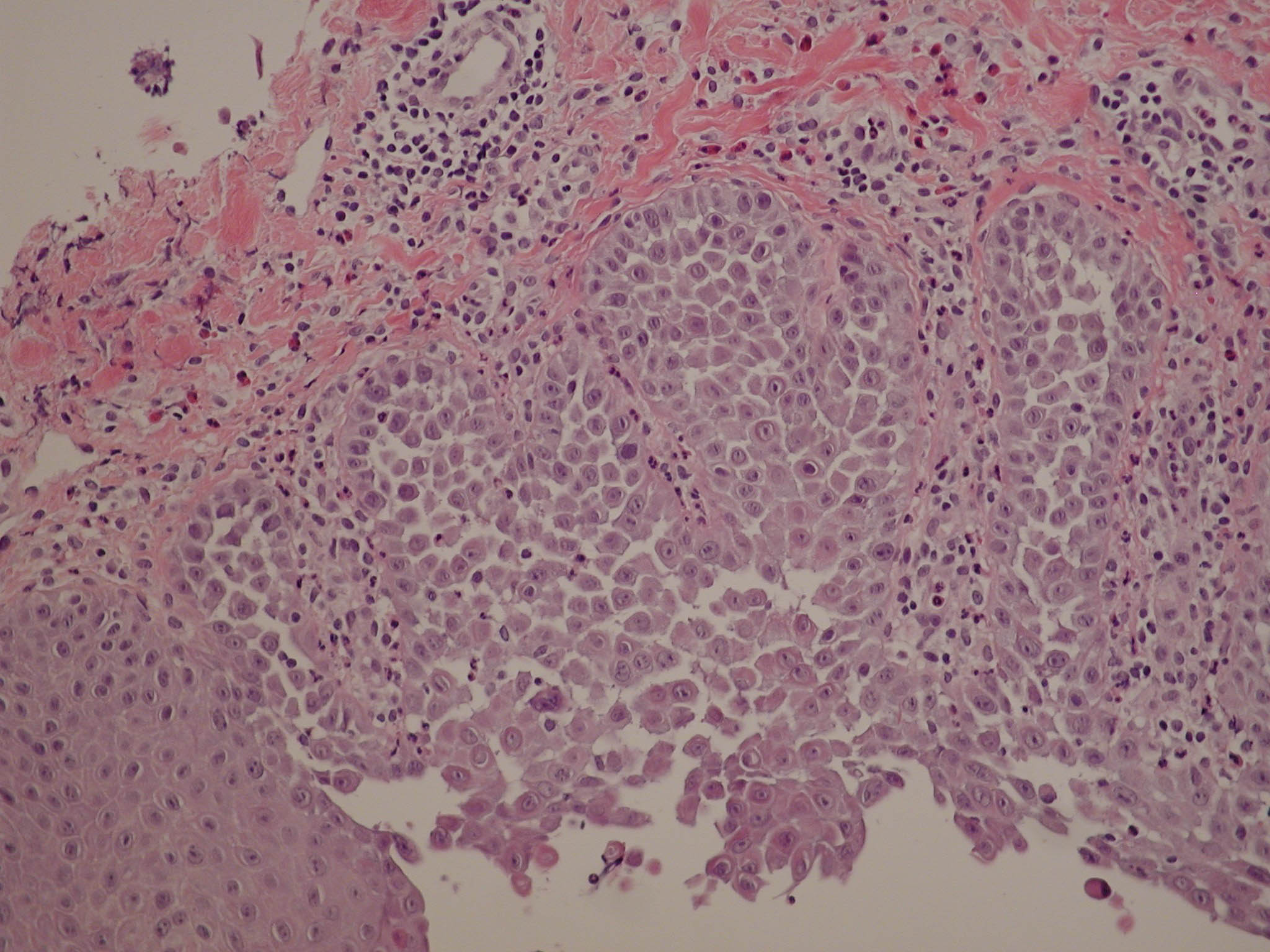Clin Dermatol. 2011 Mar-Apr;29(2):173-9. doi: 10.1016/j.clindermatol.2010.09.009.
Source
The Dermatology Unit, Kaplan Medical Center, Rechovot 76100, Israel. wolf_r@netvision.net.il
Abstract
Intertrigo is a superficial inflammatory skin disorder involving any area of the body where two opposing skin surfaces can touch and rub or chaff. The word “intertrigo” comes from the Latin inter (between) and terere (to rub) and reflects the rubbing together of skin against skin to create maceration and irritation, hence, friction dermatitis or chaffing. It is a common disorder that can affect any individual from infancy to old age. It is primarily caused by skin-on-skin friction and is facilitated by moisture trapped in deep skin folds where air circulation is limited. The condition is particularly common in obese patients who have diabetes and who are exposed to heat and humidity. The moist, damaged skin associated with intertrigo is a fertile breeding ground for various microorganisms, and secondary cutaneous infections are commonly observed in these areas. The present chapter does not deal with “ordinary” intertrigo, but rather with other skin diseases that have affinity to the intertriginous areas. Diseases mentioned are: acrodermatitis enteropathica, the baboon syndrome or intertriginous drug eruption, Darier disease, Hailey-Hailey, granular parakeratosis, Kawasaki syndrome, necrolytic migratory erythema, streptococcal intertrigo and others.
Copyright © 2011 Elsevier Inc. All rights reserved.
